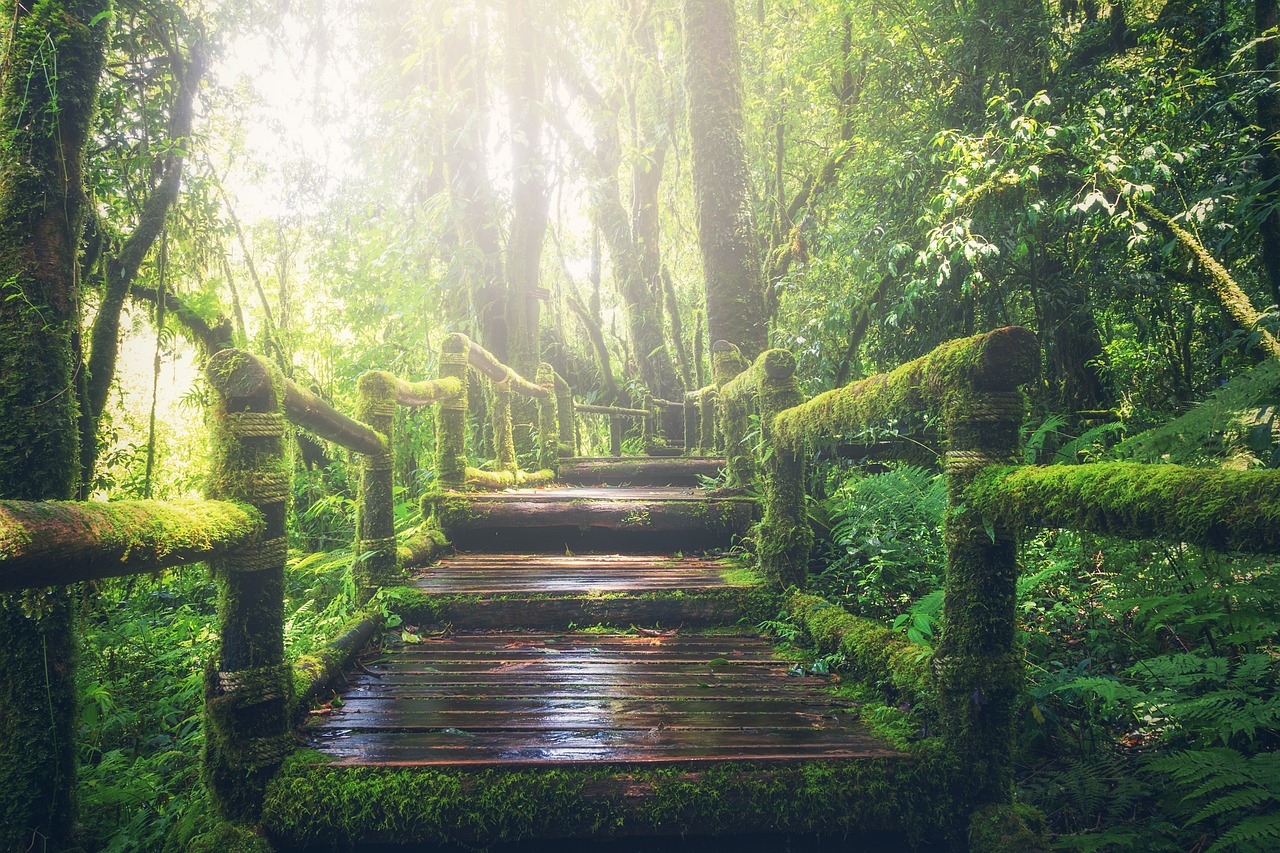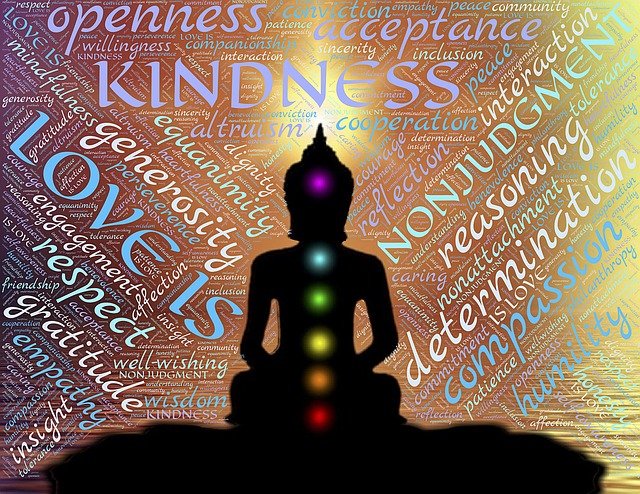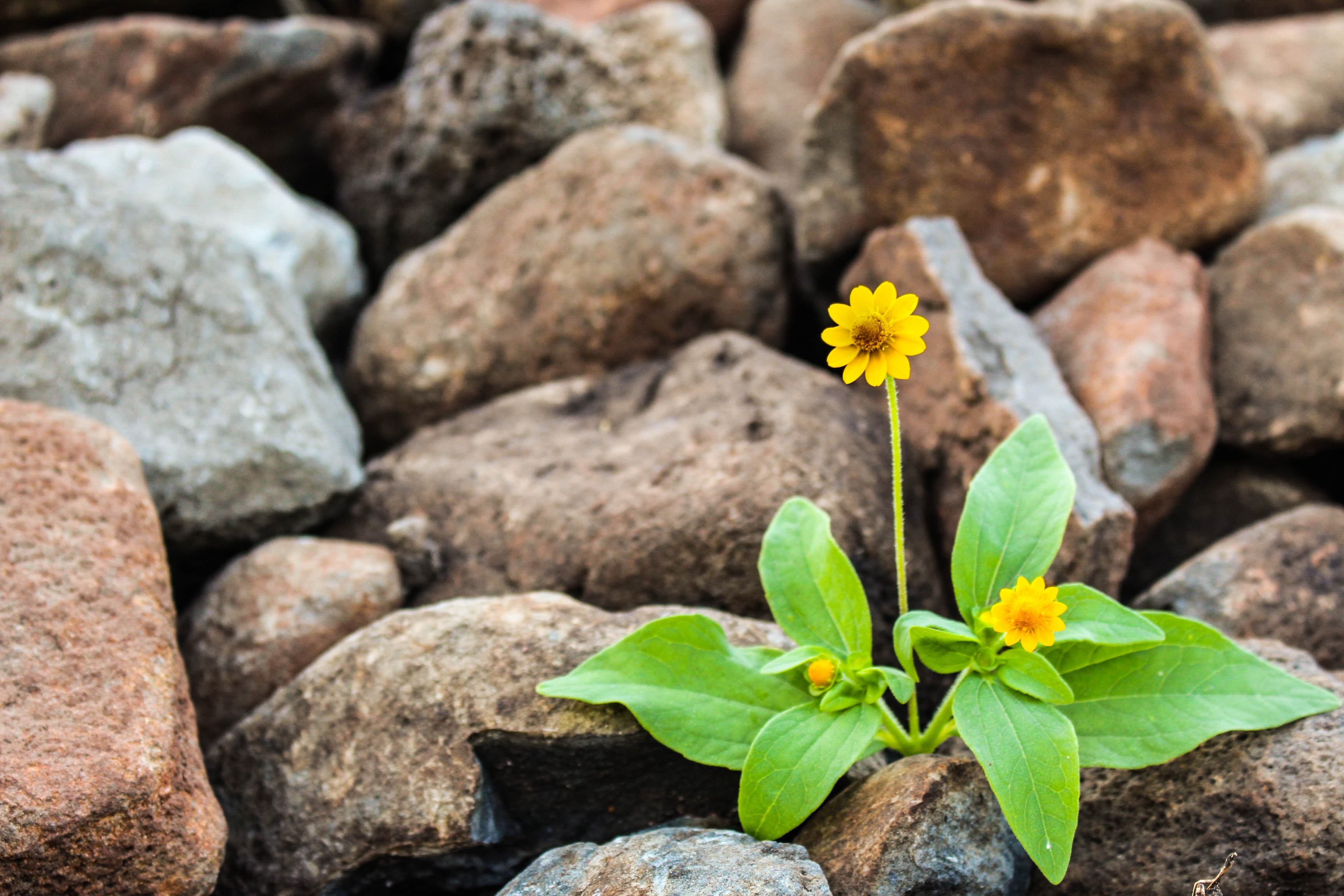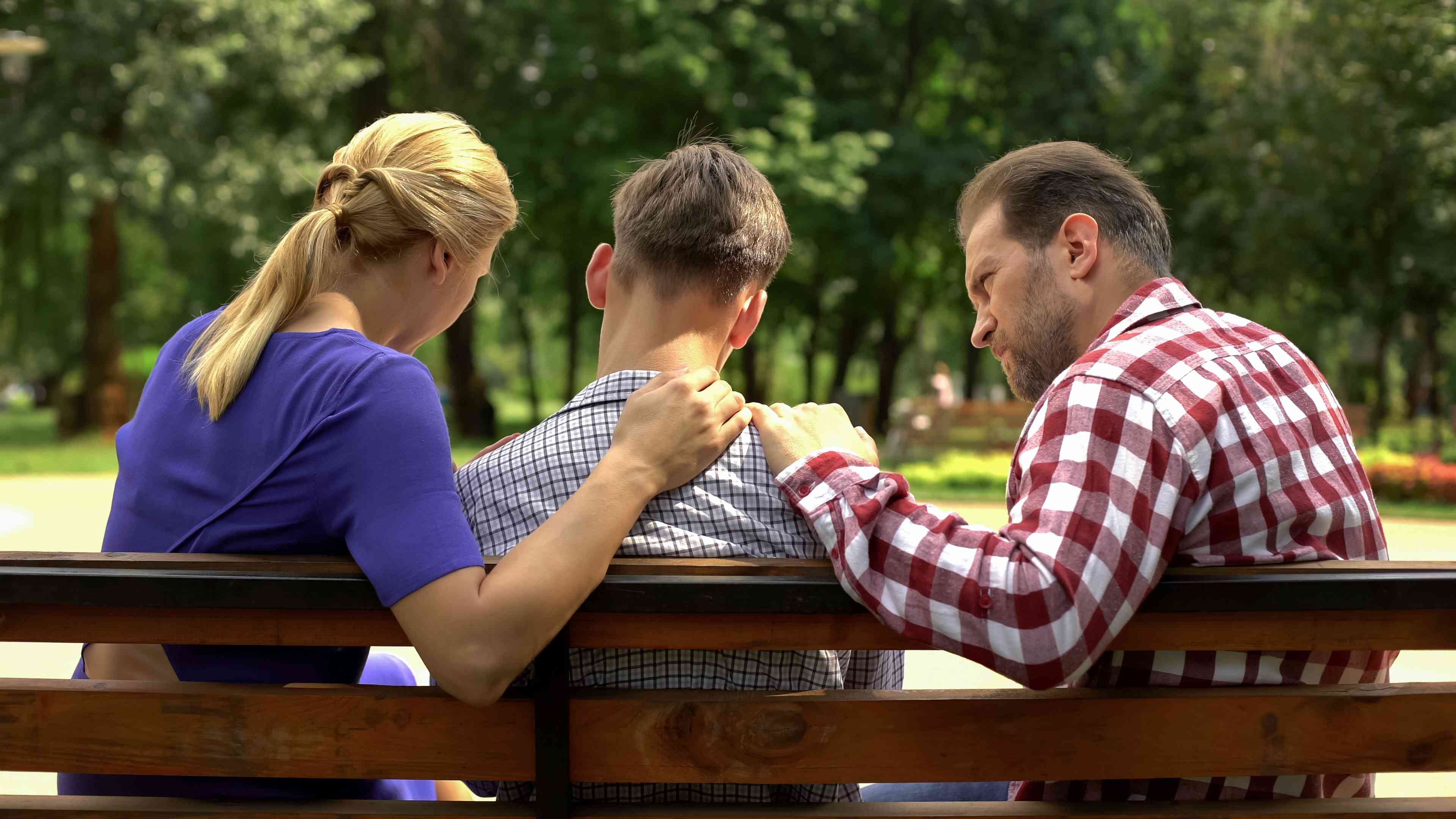“But we have this treasure in clay jars, so that it may be made clear that this extraordinary power belongs to God and does not come from us. We are afflicted in every way, but not crushed; perplexed, but not driven to despair; persecuted, but not forsaken; struck down, but not destroyed…… II Corinthians 4:7-10
I believe it was the first time I sat in a worship service at the Christian Church of Cite Soleil, a desperately poor and life-challenging slum in Port-au-Prince, Haiti, in 1999, that I heard this scripture read in Kreyol, and had a new appreciation of its meaning. I sat on a hard, narrow, long wooden bench with my American colleagues, a medical team from our church in Virginia, one bench in a space that contained several hundred hard benches filled, elbow to elbow with Haitian people, dressed in clean, starched shirts and ties and modest dresses, men, women and children of all ages. I had already seen them on a weekday, the same people, children half-clothed and barefoot, adults wearing our old, discarded t-shirts and track shoes or plastic sandals, standing or walking alongside open, running sewers beside their homes made of random pieces of cardboard and tin, or with buckets on heads, waiting beside the one public water spout for semi-clean water for the day. I had seen them sitting on a hard, concrete bench for hours waiting for medical care, shaking with malaria, holding babies too small and hungry to cry. And this day, this Sunday, they passed me their babies with love and pride, and I played peek-a-boo with curious children on nearby pews as we listened to the Kreyol service. We didn’t understand the language, but knew we were witnesses to something powerful and meaningful. During the offering, every Haitian filed up to the front of the church and placed coins in a cardboard box for a new and bigger sanctuary. During prayer time, every one of them prayed aloud for at least ten minutes, some with their heads in hands and some with their hands uplifted, while most of the Americans, including myself, sat in awkward, if awe-filled silence.
I have learned so much about the meaning of RESILIENCE from the Haitian people over the years, over many visits. I’ve seen things built and improved, and destroyed again by gang-violence, or earthquake, and then built and improved again. That sanctuary where I sat in 1999 is now gone, moved and enlarged at least fourfold, with more and improved wooden benches, and the space where the old sanctuary once stood now contains a three story concrete medical clinic. The new sanctuary has scars; visible reminders of where these people have been, and how they are moving forward: large, filled-in cracks in the floor, and new and better buttresses to the columns that hold up the roof. The medical clinic is larger and more comfortable for the patients and the workers, with a pharmacy that is better-stocked and a safe and simple water filtration system: all the result of the earthquake of 2010. How have they survived all that they have been through? How are they not driven to despair? How do they continue to laugh and play and sing together as they do? How do they continue to adapt, in their own unique ways, to the changes that none of them can anticipate or control?
Much of the answer lies in the concept of Resilience; which Haitians have taught me is a gift of God for all of us. Maybe there is something here that all of us can learn.
We’ve often heard resilience defined as the ability to “bounce back” from adversity or stress. Resilience can and often is more than bouncing back. It is also bouncing forward. The most important question may not be how one bounces back but how one bounces forward from hardship or crisis!
And this takes time. It is a process involving mind, body and spirit….
It appears that we are actually created to be naturally resilient beings. But we are more likely to succeed and survive life’s challenges if we actively participate in the process of managing and resisting the challenge. We can learn and practice resilience-building techniques along the way, so that we are better prepared to face inevitable difficulties and bounce forward…. over time.
All of the research and literature on resilience, and there is a great deal of it, emphasizes that it is important to make connections, to foster and seek out community. The Haitian church members knew where to turn, to find support, to find a listening ear, to find acceptance, to work together to recover and rebuild. Even in “normal times” in Cite Soleil, church members in the community go to the church in the evenings for gatherings for prayer, singing, and educational opportunities, and to collect clean water in buckets to take back home. They teach me that we are more resilient when we lean on the power of community, and don’t expect to “go it alone”. To strengthen our resilience, we can work on building our support networks now. We can seek out supportive friendships, civic organizations, and religious communities, recreational activities where we can build new relationships and strengthen old ones.
Something else that I have learned from the Haitian people I have known, and from many others closer to home who have lived through adversity and bounced forward, is that they have learned to accept that change is inevitable. It is a part of life. This attitude helps us to pick ourselves up, wherever we find ourselves, and look around for something we can do to make the situation just a little bit better. I was in Cite Soleil the day before the earthquake, and saw a man painstakingly painting the name of the church on a freshly built, stucco-covered concrete block wall that surrounded the church property. That wall crumbled within hours, and we have pieces of it that we picked up some weeks later, like puzzle pieces with brightly painted parts of letters still intact. With hard work, the wall came back up very quickly, after more immediate needs were met, and it is stronger and more beautifully painted than before, probably worked on by the same diligent painter, continuing to practice his useful skill with care and precision.
Resilience is built upon one’s sense of “self-efficacy”, or a sense that one has skills and abilities that are useful and effective to help one move forward and reach realistic goals. This is something we can all work on, in-between normative life crises and difficult circumstances that arise for all of us. We can take a class, learn something new, work on our physical and mental fitness, and challenge ourselves to move forward incrementally and realistically toward our goals. Small changes that we choose to actively make can produce powerful increases in our resiliency when the challenges arise.
Most of us will never face the degree of challenge to our resiliency that many Haitians face, year after year. Certainly, the sources of those challenges are multi-dimensional and complicated, and much remains to be done to make lasting, structural changes that can help Haitian people thrive and live as all people deserve to live, world-over. But I can learn something just from the bright smile of a child in Haiti, holding his sister’s hand, walking to school in a donated school uniform, toward a safe place where he can fill up a bottle and drink clean, safe water and eat a plate full of warm rice and beans. There is something there that helps give me hope, hope that builds resilience.
(For more resources on Resilience go to the American Psychological Association, “The Road to Resilience” at www.apa.org/helpcenter/road-resilience.asp/ )
Rev. Catherine McCollough, LCSW, Fellow, American Association of Pastoral Counselors, works in Fairfax and Springfield
Request an Appointment
Individiual, Couples, Pre-Marital, Family,
Children's Counseling and Clergy Assessement
Was It Helpful To You?







